Ranjan Mondal
Morphological Networks for Image De-raining
Jan 08, 2019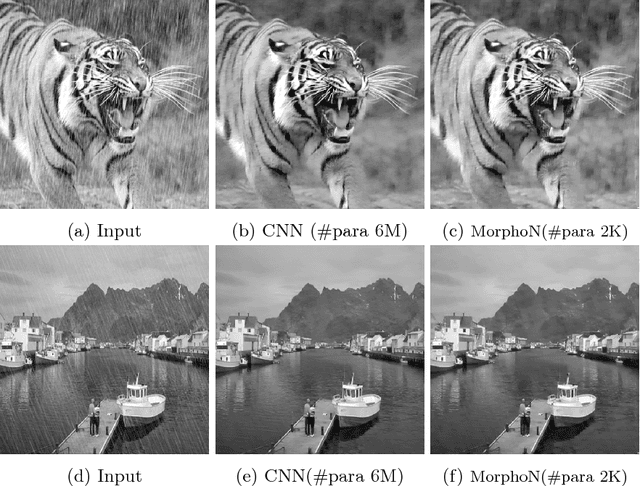
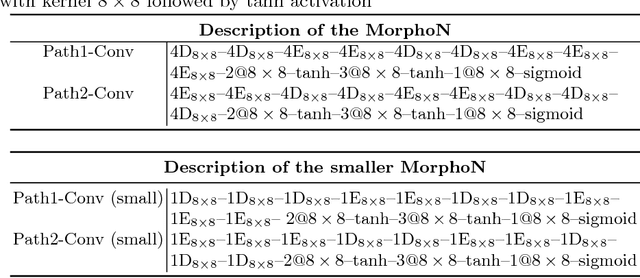
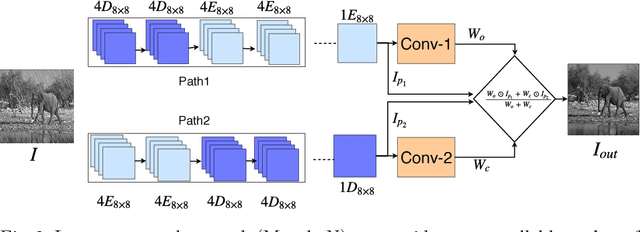

Abstract:Mathematical morphological methods have successfully been applied to filter out (emphasize or remove) different structures of an image. However, it is argued that these methods could be suitable for the task only if the type and order of the filter(s) as well as the shape and size of operator kernel are designed properly. Thus the existing filtering operators are problem (instance) specific and are designed by the domain experts. In this work we propose a morphological network that emulates classical morphological filtering consisting of a series of erosion and dilation operators with trainable structuring elements. We evaluate the proposed network for image de-raining task where the SSIM and mean absolute error (MAE) loss corresponding to predicted and ground-truth clean image is back-propagated through the network to train the structuring elements. We observe that a single morphological network can de-rain an image with any arbitrary shaped rain-droplets and achieves similar performance with the contemporary CNNs for this task with a fraction of trainable parameters (network size). The proposed morphological network(MorphoN) is not designed specifically for de-raining and can readily be applied to similar filtering / noise cleaning tasks. The source code can be found here https://github.com/ranjanZ/2D-Morphological-Network
* Mathematical Morphology \and Optimization \and Morphological Network \and Image Filtering
Dense Morphological Network: An Universal Function Approximator
Jan 01, 2019

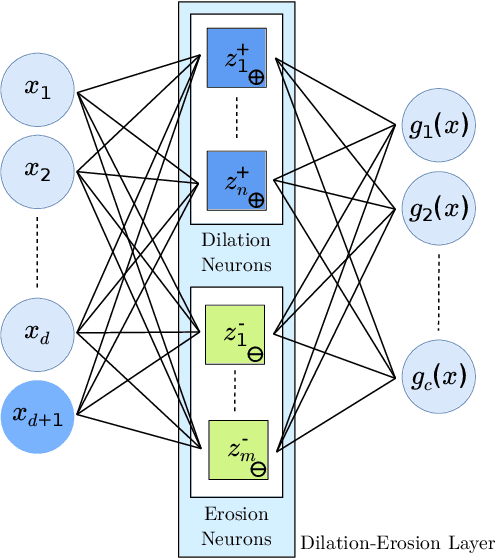
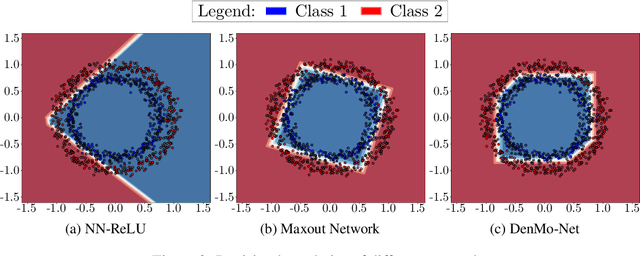
Abstract:Artificial neural networks are built on the basic operation of linear combination and non-linear activation function. Theoretically this structure can approximate any continuous function with three layer architecture. But in practice learning the parameters of such network can be hard. Also the choice of activation function can greatly impact the performance of the network. In this paper we are proposing to replace the basic linear combination operation with non-linear operations that do away with the need of additional non-linear activation function. To this end we are proposing the use of elementary morphological operations (dilation and erosion) as the basic operation in neurons. We show that these networks (Denoted as DenMo-Net) with morphological operations can approximate any smooth function requiring less number of parameters than what is necessary for normal neural networks. The results show that our network perform favorably when compared with similar structured network.
Image Dehazing via Joint Estimation of Transmittance Map and Environmental Illumination
Dec 04, 2018
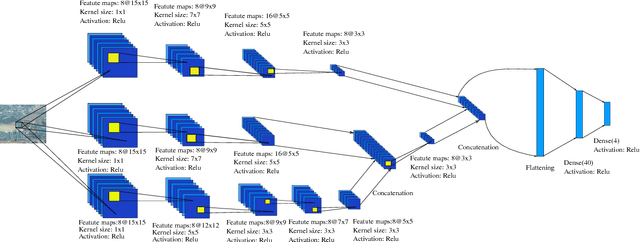

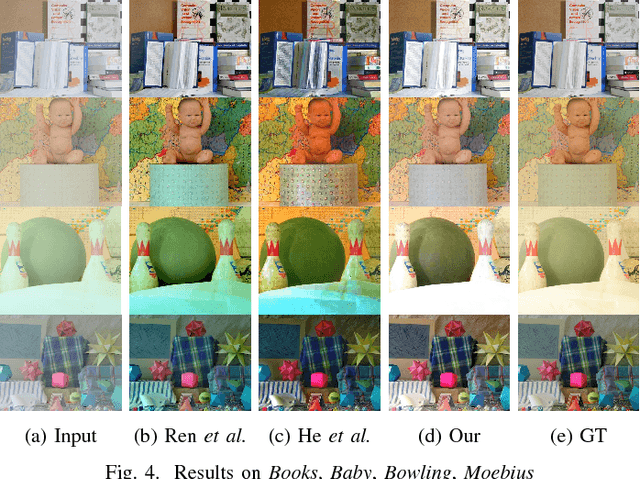
Abstract:Haze limits the visibility of outdoor images, due to the existence of fog, smoke and dust in the atmosphere. Image dehazing methods try to recover haze-free image by removing the effect of haze from a given input image. In this paper, we present an end to end system, which takes a hazy image as its input and returns a dehazed image. The proposed method learns the mapping between a hazy image and its corresponding transmittance map and the environmental illumination, by using a multi-scale Convolutional Neural Network. Although most of the time haze appears grayish in color, its color may vary depending on the color of the environmental illumination. Very few of the existing image dehazing methods have laid stress on its accurate estimation. But the color of the dehazed image and the estimated transmittance depends on the environmental illumination. Our proposed method exploits the relationship between the transmittance values and the environmental illumination as per the haze imaging model and estimates both of them. Qualitative and quantitative evaluations show, the estimates are accurate enough.
 Add to Chrome
Add to Chrome Add to Firefox
Add to Firefox Add to Edge
Add to Edge